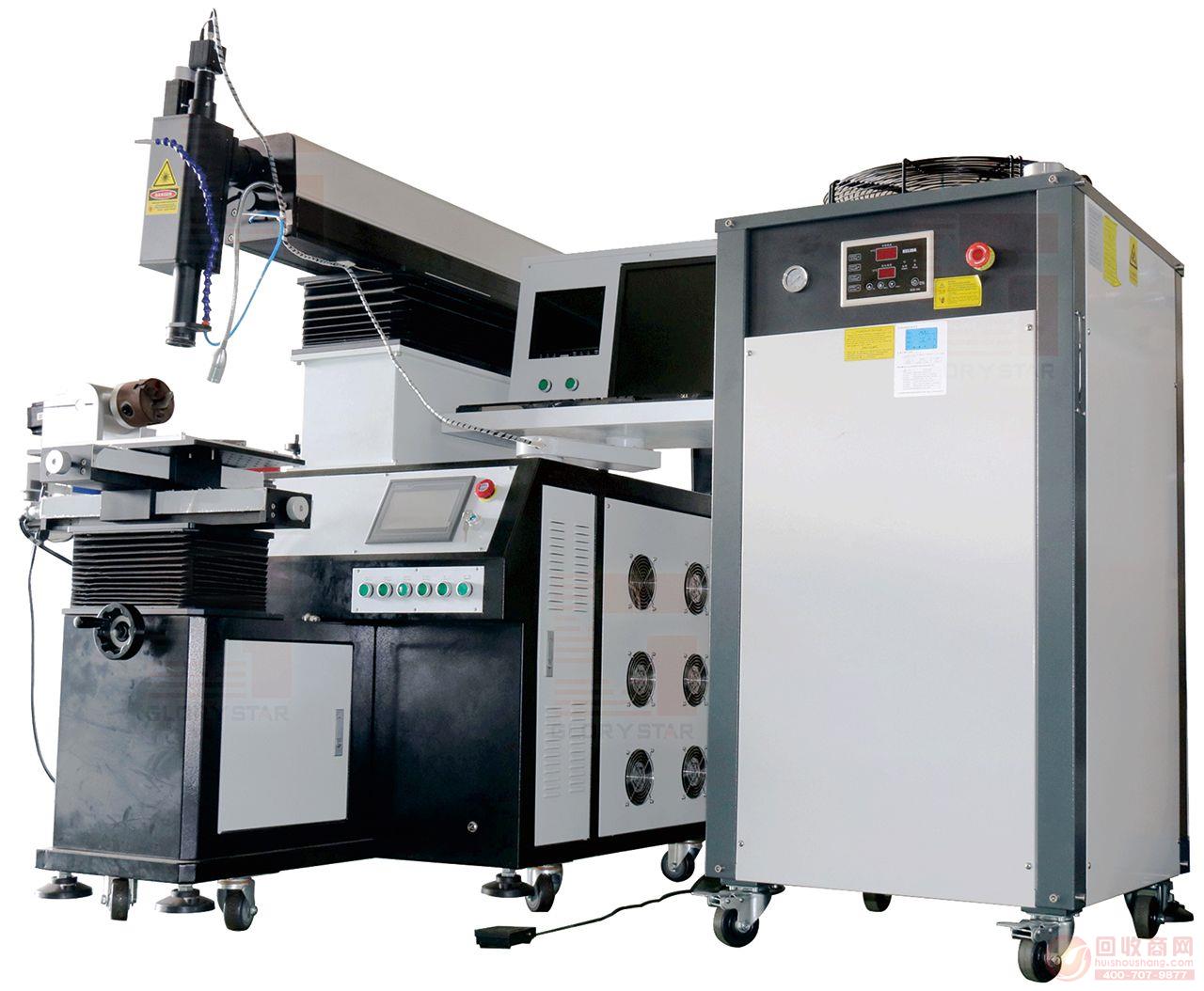
For laser deep penetration welding, the use of optical sensors to detect the signal characteristics of the plasma and reflected laser during welding is a simple and effective method for detecting the welding process in real time. At present, the method of detecting the plasma or reflecting light in the welding process by using the phototube is mainly performed from the side of the workpiece or coaxially with the laser. As for the choice of optical sensors, there are three different bands of sensors that can be used for laser welding process inspection. For example, the UV sensor is used for plasma detection during CO2 laser welding, the visible light sensor is used for CO2 and Nd:YaG laser welding process plasma or metal vapor plume, and the infrared band is used for Nd:YaG laser welding. Detection. Up to now, the relationship between the detected optical signals and laser welding parameters, such as the focus position, has been well studied and applied; in addition, optical sensors are used to detect defects such as burn through holes or holes in the laser welding process. The detection of hump-like surface defects has also been reported.
One of the keys to laser welding monitoring automation is the real-time monitoring of the molten pool, so the choice of tracking sensors has become a critical condition. Among all the sensors, the optical sensor has the highest sensitivity and measurement accuracy, good dynamic characteristics, no contact with the workpiece and a large amount of information, and has become the fastest developing tracking sensor, while CCD (Charge-coupledDevice charge-coupled device) The use of integrated optics has brought optical sensors to new heights in video sensing. One of the advantages of laser welding is that the welding speed is fast, and the welding speed of the thin plate can reach more than 10 m/min. In the high-speed continuous welding process, if welding defects occur, a large amount of waste will be caused in a very short time. Realizing online laser welding quality monitoring is an important part of ensuring quality. The signal processing and feedback control system designed by Huazhong University of Science and Technology performs a/D conversion by amplifying, filtering and double-limiting the signals taken by the acoustic and optical sensors. Then, the digital signal is processed by a microcomputer, and the process parameters such as laser output power, welding speed, and defocus amount are controlled to achieve an optimum number of processes. To solve the problem of penetration, the basic condition is to detect and control the laser welding process in real time, and extract the characteristic signal of laser welding. In the past ten years, research institutions at home and abroad have mainly extracted the sound, light, electricity and heat generated by photo-plasma in the welding process, and analyzed and processed them to find characteristic signals. In the wire laser welding, the gap width of the laser filler wire is the main parameter. In order to ensure a good and uniform forming of the entire length of the seam, high-quality laser-filled laser welding is realized, and a high-precision seam gap detecting sensor is developed. Take the wire feed control system from high quality.
90 Degree Elbow,Stove 90 Degree Elbow,90 Degree Elbow Pipe,90 Degree Elbow Pvc
Jinan Huancheng Heating Equipment Manufacturing Co., Ltd. , https://www.globalstove.com